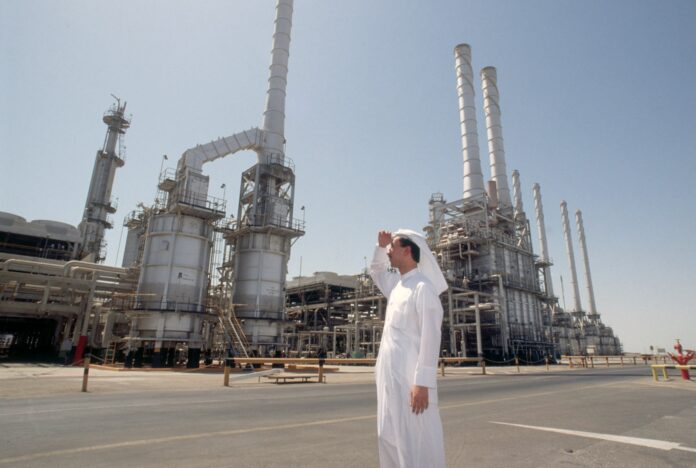In a surprising turn of events, Saudi Arabia has reversed its decision to increase its daily oil production capacity, as announced by state-run Saudi Aramco on Tuesday.
The initial plan aimed to raise the kingdom’s maximum sustainable production capacity from 12 million barrels per day (b/d) to 13 million b/d by 2027, differentiating the company from industry trends of reduced spending on oil production due to climate concerns and future demand uncertainties.
The multibillion-dollar investment program, spearheaded by Saudi Aramco Chief Executive Amin Nasser over the past two years, was abruptly halted following a directive from the Ministry of Energy.
The decision, not attributed to any technical or operational issues at the company, is deemed reversible, and Saudi Aramco remains poised to resume the investment program if requested.
Despite Nasser’s advocacy for increased oil production investment, Saudi Arabia has consistently reduced its output in the last 18 months as part of OPEC’s efforts to stabilize prices amidst slowing demand growth and heightened output from other global producers, notably the United States.
Presently, Saudi Aramco is producing approximately 9 million b/d, down from an average of 10.2 million b/d in the first quarter of 2022, leaving 3 million b/d of spare capacity.
The Ministry of Energy has not provided an official statement or explanation for the policy shift.
However, insiders suggest that the existing spare capacity renders an immediate need for further production increase unnecessary.
Additionally, Saudi Arabia anticipates freeing up an additional 1 million b/d of oil for export by transitioning from liquid fuels to gas for power generation within the kingdom.
Analysts interpret the decision as a response to the current spare capacity rather than a shift in Saudi Arabia’s long-term confidence in oil demand.
The International Energy Agency’s recent forecast of a substantial surplus in global oil production in 2024 further contextualizes the decision.
Supply chain inflation and high costs associated with the investment program have also been cited as factors influencing the suspension, with the possibility of revisiting the expansion plan at a later date.
The geopolitical landscape, tensions in the Middle East, and the ongoing conflict in Ukraine have not significantly impacted crude oil prices, which were trading at around $80 a barrel on Tuesday, similar to January 2022 levels before Russia’s invasion of Ukraine.
Analysts consider the decision a significant reevaluation of strategy with potential ramifications for Aramco capital spending, the Gulf supply chain, and OPEC+ oil policy.
Meanwhile, oil prices experienced a 3% decline on Monday due to Saudi Arabia’s price cuts and increased OPEC output, offsetting concerns related to geopolitical tensions in the Middle East.
Brent crude settled at $76.12 a barrel, while U.S. West Texas Intermediate crude futures lost $3.04, ending at $70.77 a barrel.
The decision by Saudi Arabia is expected to have broad implications, prompting analysts to highlight the challenges faced by OPEC and its allies in balancing production cuts with market share retention.
























